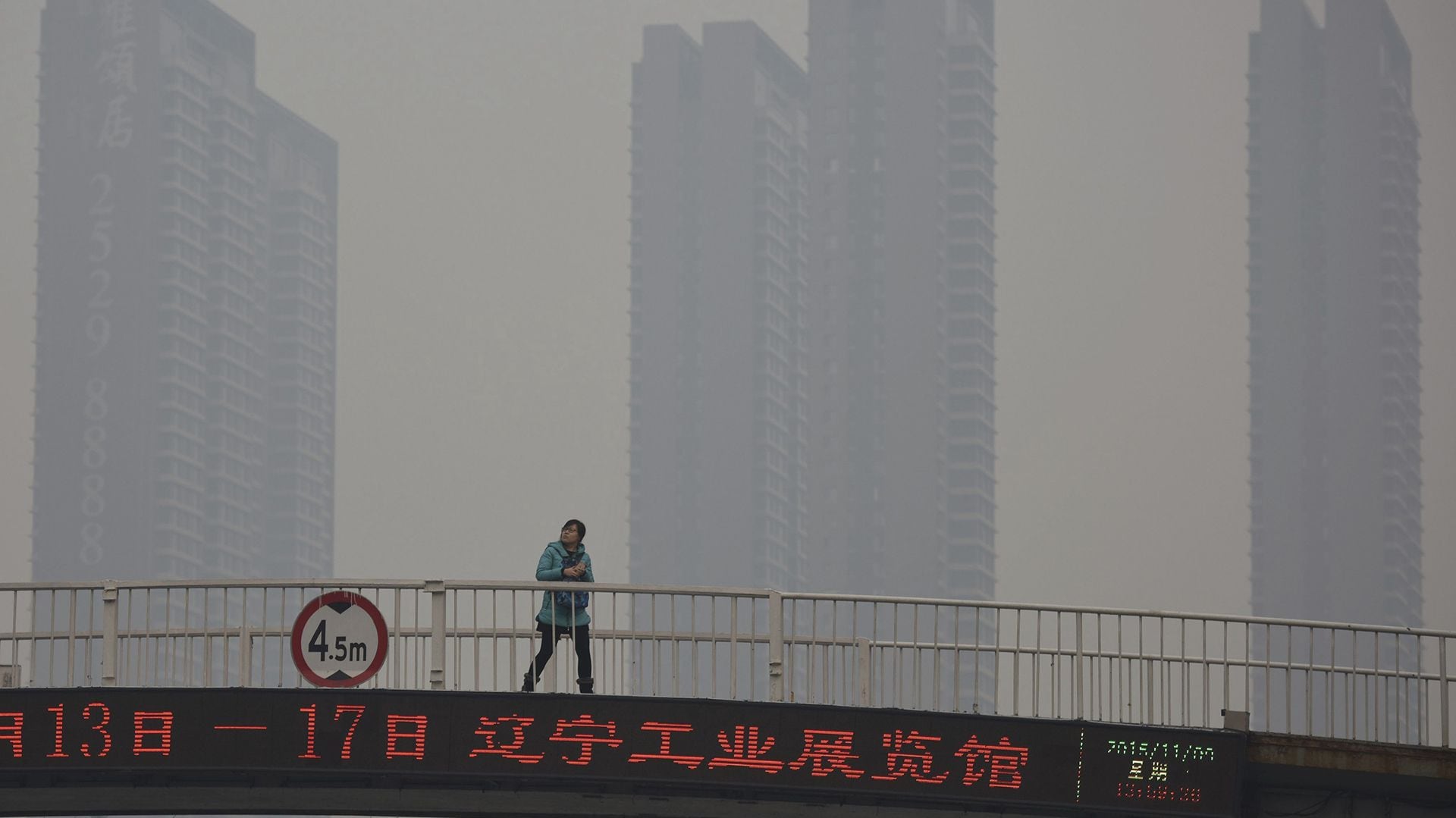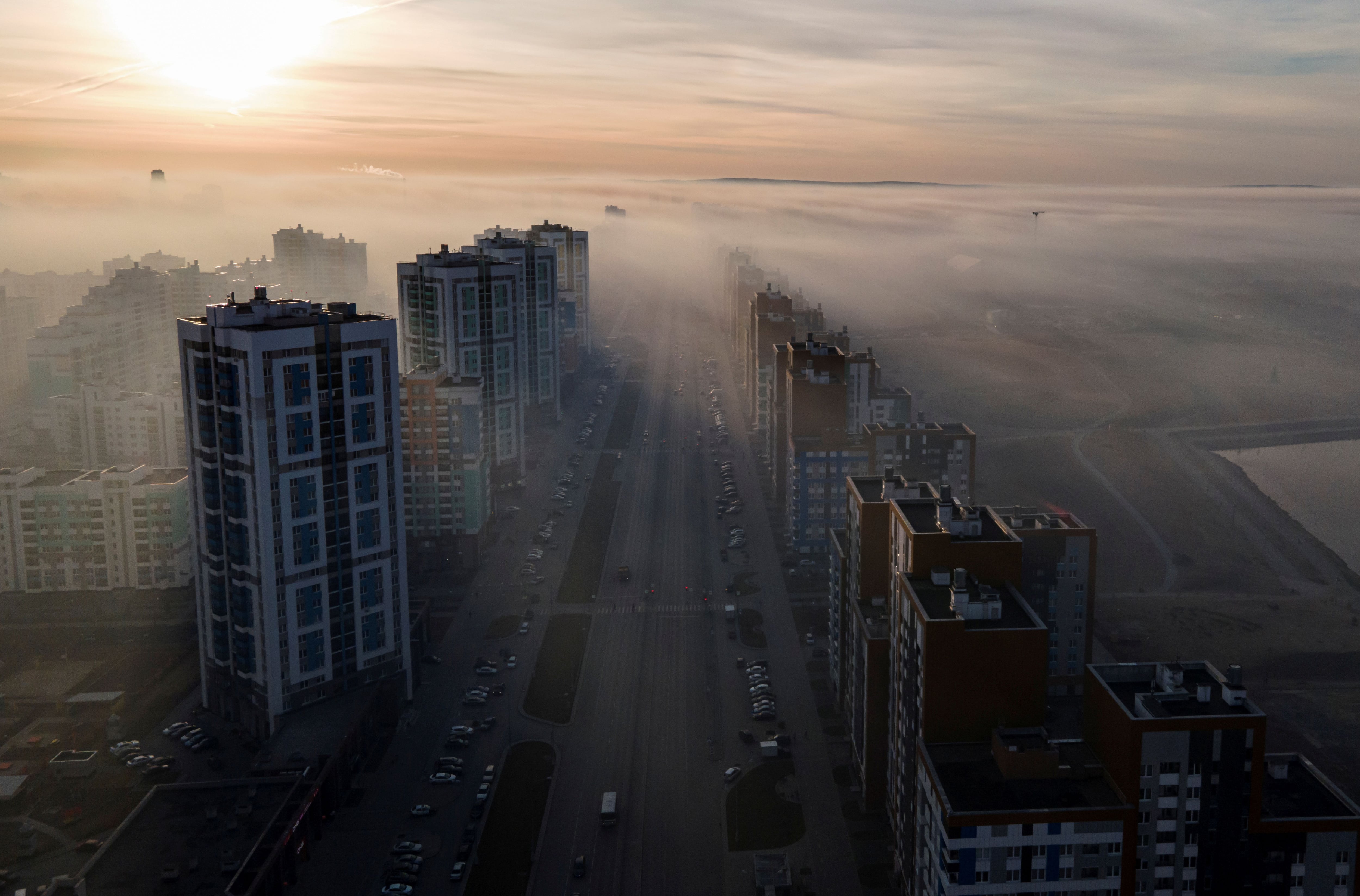
Air pollution sickens and can even kill, as warned by the World Health Organization (WHO) in several documents. In its latest report, issued in 2021, the international organization warned that poor air quality can cause cardiovascular and respiratory diseases, as well as cancer. However, last year no country in the world met the standards set by WHO.
According to a study conducted by a Swiss technology company (IQAir), which monitors air quality worldwide, the average annual readings of the 6,475 cities evaluated did not meet the 5 micrograms of PM2.5 stipulated by WHO in the document issued in 2021.
“Among the pollutants present in the air, there is one in particular called particulate matter or fine particles of environmental pollution, whose abbreviation is PM2.5,” Timoteo Marchini, professor of Chemistry at the University of Buenos Aires and researcher at CONICET and the Universitätsklinikum Freiburg ( Germany).

According to the expert, these particles have the ability to enter deep into the lungs and “cause an inflammatory reaction that is half uncontrolled and exacerbated and sustained over time”, which not only affects these organs, but also those that are a little further away, such as the heart and the brain.
According to the latest document issued by the World Health Organization (WHO) with estimates for 2016, “air pollution in cities and rural areas around the world causes 4.2 million premature deaths every year”.
Europe and Asia: which regions and countries were the most polluted
In the document issued in recent hours, the company noted that in “countries and regions of East Asia, Southeast Asia and South Asia suffered the highest annual average concentration of PM2.5 weighted by population”. In this regard, they noted that in East Asia, where 1,347 cities were evaluated, 11% (143) showed “average annual concentrations greater than seven times” than established by WHO, all of them are in China. The one that led the ranking was Hotan (101.5 µg/m³).

Meanwhile, Japan remains the nation with the best air quality in the region. In addition, of the 529 cities that reported data on air quality, “81% experienced improvements”. For its part, Central and South Asia “had one of the worst air qualities in the world and was home to 46 of the 50 most polluted cities in the world” in 2021, the document said. He also highlighted that “70% of deaths related to air quality in the world occur in this region.”
In India, meanwhile, “average annual levels reached 58.1 µg/m³ in 2021″, with which experts pointed out that this nation returned to “pre-quarantine concentrations of 2019”, with “48% of its cities exceeding 50 µg/m³”.
In Europe, meanwhile, 1,588 cities were surveyed. “Average PM2.5 concentrations in this region range from 5.5 µg/m³ in Finland (ranked 113th overall) to 35.2 µg/m³ in Montenegro (ranked globally in 16th place),” the document stated. As “only 55 cities were able to meet the annual guideline”, of which the United Kingdom had 10 and Finland had 8.

What was air pollution like in the Americas
In the United States and Canada, emissions grew in 2021, with “96% of North American and Canadian cities unable to fall below the annual guideline.” In these areas there is “more than 98 per cent of the population of the region”.
In the United States, as they explained, this air pollution takes the lives of 200 thousand people a year. It is worth noting that experts warned that “the 2021 wildfire season in North America was an important factor in record CO2 levels,” since it is estimated that they produced up to 70% of these polluting particles.
Meanwhile, in Latin America and the Caribbean “population growth in urban areas is a multifaceted problem in air quality”, as they assured that “increases in the production of energy generated by fossil fuels, exhaust gases from obsolete vehicles, increasing use of solid-state fuels are combined as a source of heat in low-income cities with no government regulation”.

Beyond these aspects, the study noted that this region achieved that PM2.5 concentrations fell in four countries: Argentina, Brazil, Colombia and Costa Rica. While “Peru, Chile and Ecuador are close to reaching or even exceeding 2019 levels.” They even noted that of the 174 cities surveyed, only 12 cities (2%) met the regional population, met the guidelines established by WHO.
For its part, “air quality in Chile is the worst in the region”, since it is home to 11 of the 15 most polluted cities in Latin America and the Caribbean, with 9 out of 10 people living in these cities. “In 2021, only one Chilean city complied with the WHO air quality guideline, leaving 99% of the regional population in areas that exceed the guideline by a factor of five,” they concluded.
KEEP READING:
Últimas Noticias
Debanhi Escobar: they secured the motel where she was found lifeless in a cistern

The oldest person in the world died at the age of 119

Macabre find in CDMX: they left a body bagged and tied in a taxi
The eagles of America will face Manchester City in a duel of legends. Here are the details

Why is it good to bring dogs out to know the world when they are puppies




